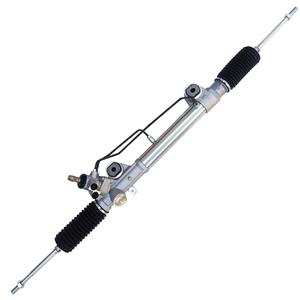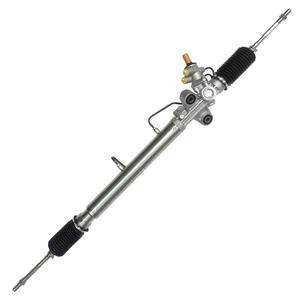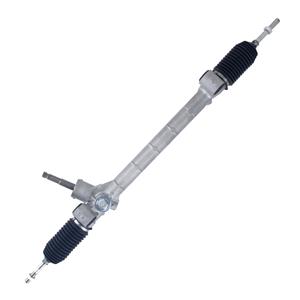How to fix a stiff electric power steering?
With the development of automobile technology, electric power steering systems have gradually replaced traditional hydraulic power steering systems and become one of the important configurations of modern cars. The electric power steering system provides power assistance through an electric motor, eliminating the pumps, pipes and hydraulic oil of the traditional hydraulic system, making the steering of the vehicle lighter and more efficient. However, like other automotive systems, the electric power steering system may also fail, and one of the most common problems is that the steering wheel becomes stiff and difficult to turn.
This article will delve into the causes of stiff electric power steering systems and how to fix this problem.
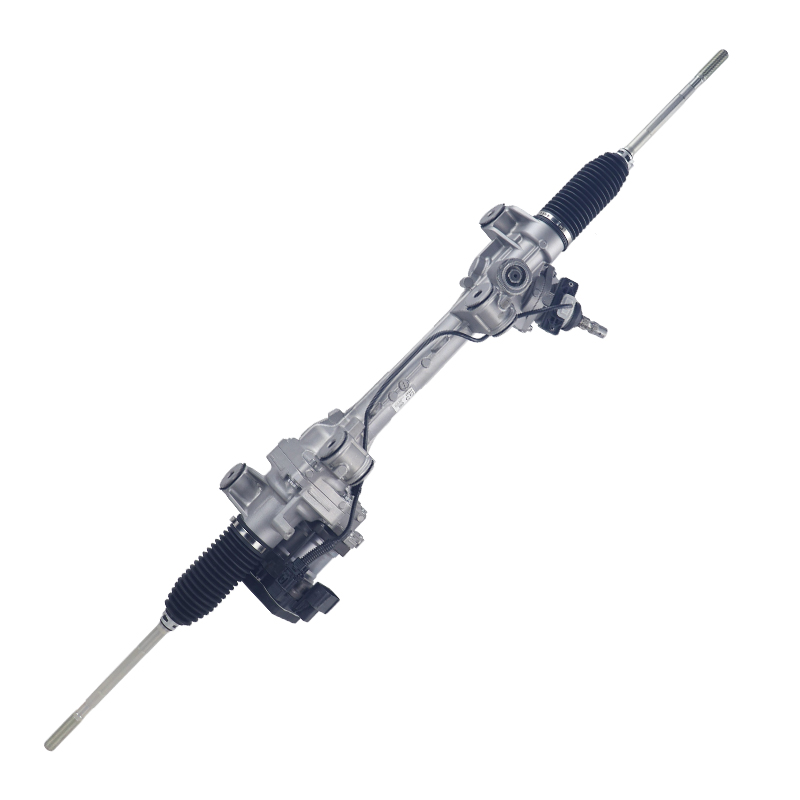
How does the electric power steering system work?
Before discussing how to fix a stiff electric power steering, we need to understand how the electric power steering system works. Unlike hydraulic power steering, the electric power steering system provides power assistance through an electric motor and an electronic control unit (ECU), avoiding traditional hydraulic pumps and fluid systems. The main components of the electric power steering system include:
1. Electric motor: responsible for providing power assistance to the steering system.
2. Electronic control unit (ECU): used to monitor the driver's steering operation and control the size of the motor's power assistance based on the data from the sensor.
3. Steering torque sensor: senses the force applied by the driver to the steering wheel and converts it into an electrical signal.
4. Battery and power system: provides power to the EPS system.
Under normal circumstances, the EPS system adjusts the output of the motor according to the driver's steering force to make steering easier. However, if there is a problem with the system, it may cause the steering operation to become difficult and the steering wheel to become stiff, causing inconvenience and safety hazards to driving.
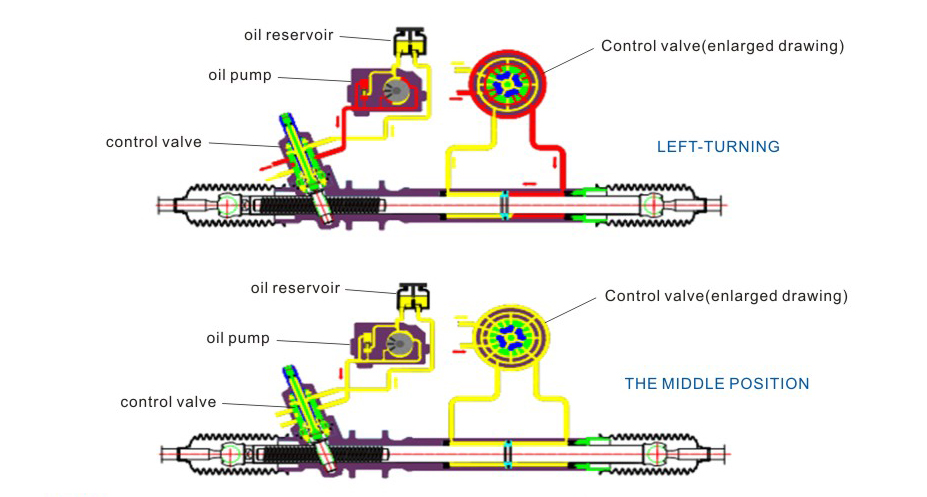
What are the reasons for the stiffness of electric power steering?
The electric power steering system becomes stiff, usually due to the following reasons:
Motor failure
The electric power steering system's motor is the core component that provides steering assistance. If there is a problem with the motor, such as wear of internal components, overheating or electrical failure, the system will not be able to provide enough assistance for steering, resulting in a stiff steering wheel. In this case, the driver will find that turning the steering wheel becomes very difficult, especially when driving at low speeds.
Low battery power
The electric power steering system relies on the vehicle's power supply. If the car's battery is low, the EPS system may not get enough power to drive the motor, resulting in insufficient power assistance. Especially in cold weather or when the battery is aging, the problem may be exacerbated by the degradation of battery performance.
Sensor Failure
The steering torque sensor and vehicle speed sensor in the electric power steering system are responsible for monitoring the driver's operation and the vehicle's driving status. If these sensors fail or are improperly calibrated, the electronic control unit (ECU) may not correctly identify the steering demand and cannot provide the driver with appropriate assistance. In this case, the steering wheel may become unusually heavy or stiff.
Electronic Control Unit (ECU) Failure
The ECU is the "brain" of the electric power steering system, responsible for processing sensor signals and controlling the output of the motor. If the ECU fails or has a program error, the steering system's assistance may fail or behave abnormally. This may cause the steering wheel to become stiff in some cases or even lose assistance completely.
Mechanical Problems
Although the electric power steering system relies on electric drive, there are still many mechanical parts involved in the steering process. If mechanical parts such as the steering column, rack and pinion are worn, stuck or rusted, it can also cause the steering system to become stiff. Mechanical failures may not be related to electrical problems, but will seriously affect the smoothness of steering.
Power System Failure
In addition to low battery power, other problems in the power system, such as blown fuses, loose wiring or generator failure, may also affect the normal operation of the electric power steering system. If the system does not receive enough power, the electric power steering may fail completely and the steering wheel will become very heavy.
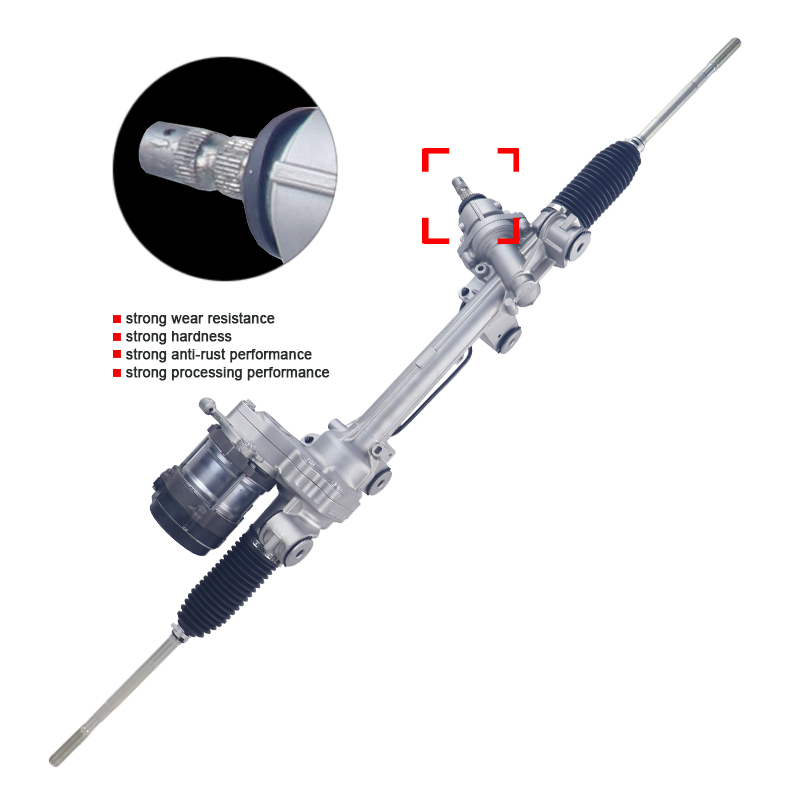
How to Fix Stiff Electric Power Steering?
Here are several common inspection and repair steps when you encounter the problem of a stiff electric power steering system. These steps can help you identify the source of the problem and take appropriate repair measures.
Check the battery and power system
First, check the condition of the vehicle's battery. If the battery is low or the performance is degraded, the electric power steering system may not work properly. You can use a voltmeter to measure the battery voltage to ensure that the voltage is in the normal range (usually above 12.6 volts). If the battery is low, consider replacing or charging the battery.
At the same time, check the vehicle's generator and related power system components to ensure that they are working properly. If a power system failure causes the electric power steering system to not receive enough power, the related components should be repaired or replaced.
Check the steering torque sensor
The steering torque sensor is an important component that detects the force applied by the driver to the steering wheel. If the sensor fails or the signal is inaccurate, the electric power steering system will not be able to correctly judge how much power assistance is needed. The sensor data can be read through the diagnostic tool to check for error codes or abnormal signals. If the sensor is faulty, it needs to be replaced or recalibrated.
Check the Electronic Control Unit (ECU)
The ECU is the control center of the entire electric power steering system. If the ECU is suspected to be faulty, the fault code can be read through the vehicle diagnostic system. Modern cars are usually equipped with an on-board diagnostic system (OBD-II) that can help technicians quickly identify problems in the ECU. If the ECU is faulty, it may need to be reprogrammed, reset, or replaced.
Check the motor and related electrical connections
The motor in the EPS system is the component that directly provides power assistance. If the motor is faulty or the electrical connections are loose, the steering system will not function properly. Technicians can use a multimeter to check the resistance and current of the motor to ensure that they are within the normal range. If the motor is damaged or the internal components are worn, the entire motor may need to be replaced.
In addition, check the electrical connections between the motor and the battery and ECU to ensure that they are not loose, disconnected, or corroded. The electrical connectors can be cleaned and reconnected if necessary.
Check the mechanical components
Although the EPS system relies mainly on electronic components, mechanical components are still an important part of the steering system. The owner or technician should check the mechanical components such as the steering column, steering rack and pinion to ensure that they are not worn, stuck or damaged. If a mechanical component is found to be faulty, it may need to be repaired or replaced.
In some cases, mechanical components may need lubrication to improve the smoothness of steering. Using the right lubricant can prevent friction and wear between metal parts, thereby solving the problem of steering wheel stiffness.
Reset the system or update the software
Sometimes, the stiffness of the EPS system may simply be due to a temporary malfunction in the electronic system or the need for a software update. Modern cars are increasingly relying on software-controlled systems, and manufacturers often release software updates to fix known problems. Through the vehicle's OBD-II interface, technicians can reset the EPS system or update the software.
If the vehicle's EPS system has a minor malfunction, but the mechanical and electrical components are all normal, trying to reset the system or update the software may be the easiest way to fix it.
Seek professional technical support
If the owner cannot solve the problem through self-inspection or simple repairs, it is recommended to send the vehicle to a professional repair agency as soon as possible. Especially since the electric power steering system involves complex electronic components and sensors, professional technicians can more accurately identify the problem through dedicated diagnostic tools and make corresponding repairs.
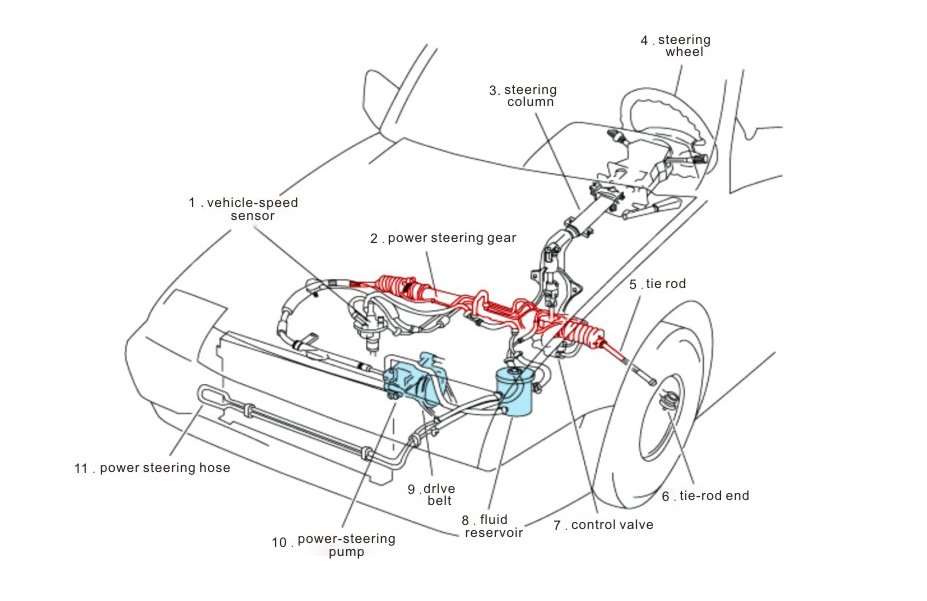
How to prevent the electric power steering system from being stiff?
To avoid stiffness in the electric power steering system, car owners can regularly check the vehicle's battery, generator, motor and sensor to ensure that they are in good condition. At the same time, perform routine mechanical component inspections to keep the steering system running smoothly. If the owner feels that the steering wheel is not flexible when driving, or the system issues a warning light, it should be checked and repaired as soon as possible to avoid small problems from turning into major failures.
Secondly, if the manufacturer releases updated software for the EPS system, it is recommended that car owners update it as soon as possible to ensure that the system can fix known problems and obtain the latest functional optimizations. In addition, when replacing EPS system-related parts, try to choose original accessories to ensure their compatibility and durability.


